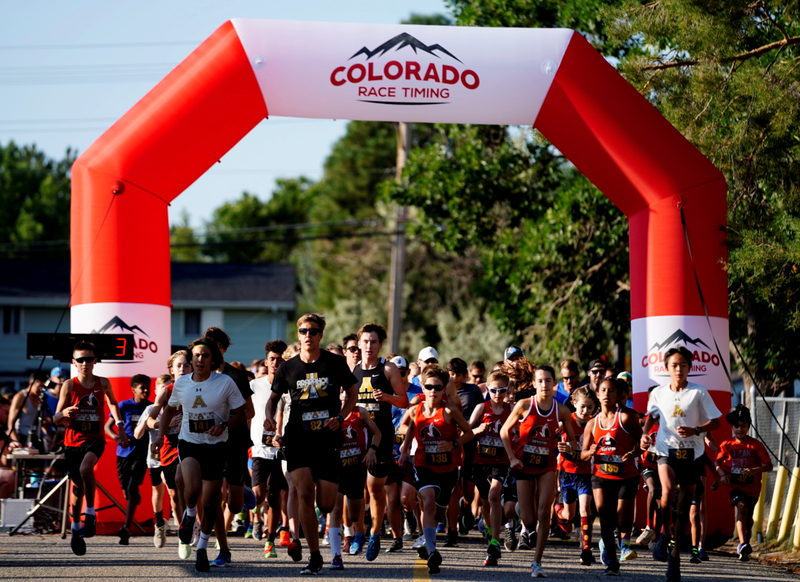I ran two 5Ks in 2010 that was close to a tenth of a mile to short, is measuring a race course really that difficult? If you advertise your race as being five kilometers, make it 3.1 miles.
First let’s talk about measuring the race course, if you’re using a race course that has already been USATF certified such as Denver’s City Park or Washington Park then your job is a bit easier. However, just because a course is USATF certified doesn’t mean that the course you laid out is the exact distance, this is what happened at the Denver Rock ‘n’ Roll Marathon in 2009. The course was measured properly but not laid out correctly.
If you’re tinkering around with a race course, your best bet is to use either www.mapmyrun.com or Google Map Pedometer. This is a great place to start and you can outline the course that you want to utilize. Once you have the course in mind you might want to consider having your course USATF certified, in that case, you’ll have to pay someone.
If you don’t want to pay to have your course certified, then you’re going to have to measure it yourself. Now before you get in your Honda Civic and reset that odometer, let’s look at a few other options. The easiest way to measure the course and to reach “close enough” proximity would be to use a GPS running watch, which is generally within 1-3% accuracy and my experience is that they are almost always longer than a certified course. If you don’t have a GPS device find a runner who has one and asks to borrow it, in my book that’s the minimum that you have to do for measuring a course. Don’t simply use www.mapmyrun.com or your cars odometer.
Once you have the course measured, now comes the important part, marking the course. I always tell race directors that I work with that you have to dummy proof the race course. What looks obvious to you does not look obvious to someone who is racing with their heart beating at close to maximum capacity.
Course Marking 101 Tips:
• If your race course is USATF certified, know your map. Don’t wait until race morning to look at it for the first time.
• Know your race course. Even if your race is at City Park or Wash. Park go out to the course a week or two before the race and run/walk the course. Make sure there are no potentially dangerous obstacles or things that will impact the distance such as new construction. Also, take this time to know exactly where the mile markers should be placed so that you can place them properly on race morning.
• Mile markers – have them and make sure they are placed properly.
• Use arrows and pylon cones to designate turns and decision points. Use chalk or spray paint (not on roads) when you can.
• Place course marshals at key decision points and where traffic control is needed.
• If you’re the race director, it’s pretty difficult to set up the course on race morning. Do NOT rely on volunteers to set up the course unless you can 100% trust them to show up and to preview the course before the race. Another option is to pay someone to set the course up for you, it’s too important to mess up. Volunteers have good intentions but they are not the most reliable as they have no skin in the game.
• Have someone who knows the race course lead the runners on a bicycle. If you can spare another cyclist, have them lead the top female runner. By simply keeping the lead runner on course you can greatly reduce the likelihood of other runners going off course.
• Just because the police offered to have a lead vehicle, that does not mean they properly know the course. I know of many races where the lead police officer on a motorcycle took all of the runners of course. Once again, have someone on a lead bike who knows the course.
• Properly mark the start and finish area.



